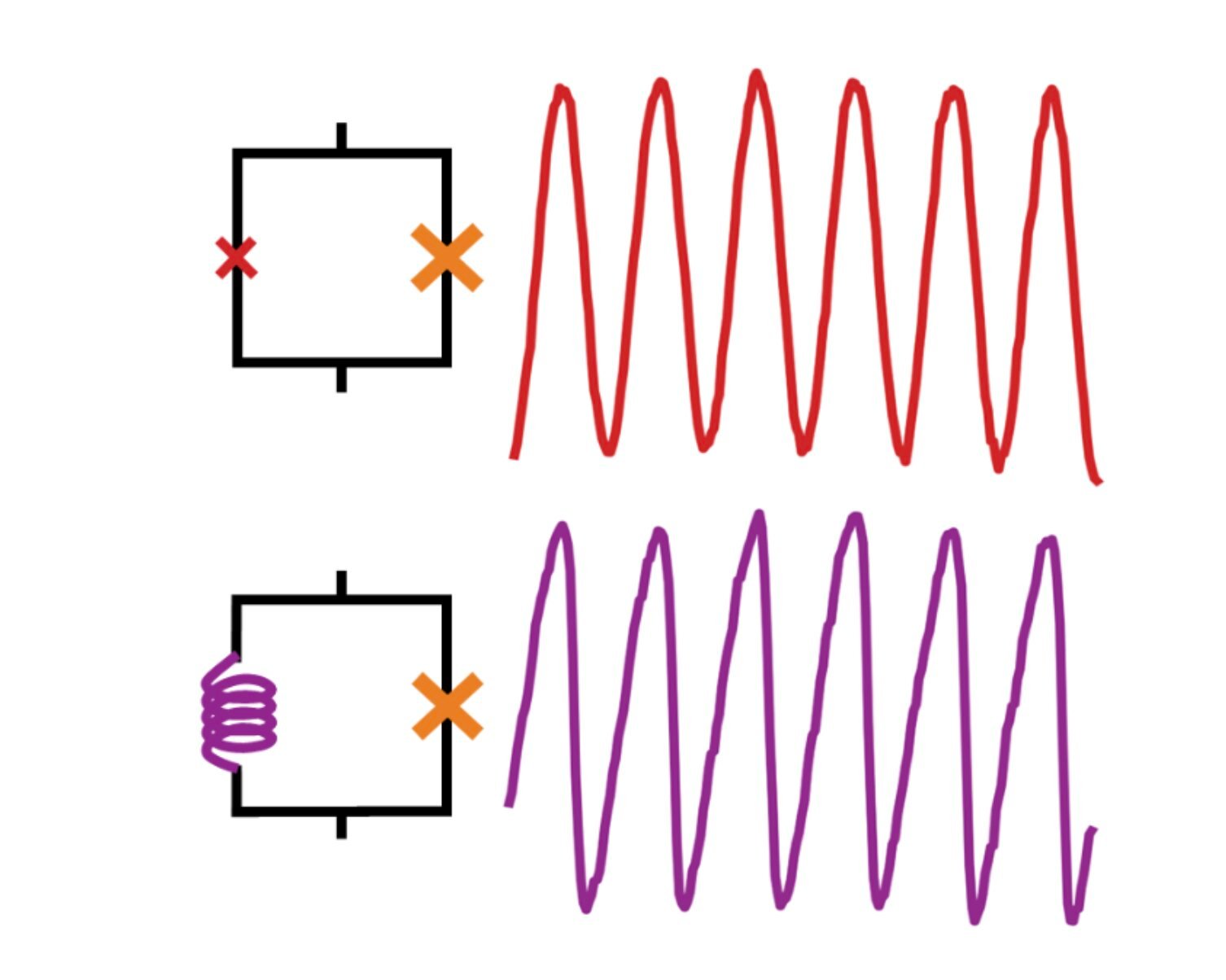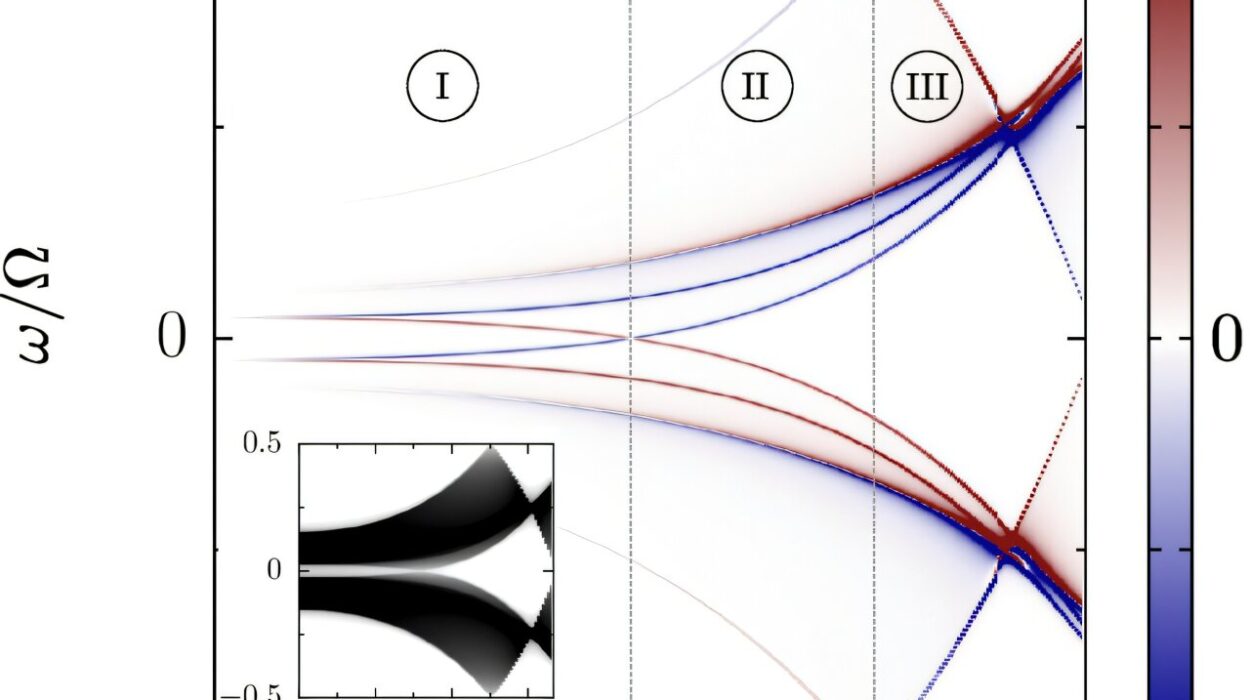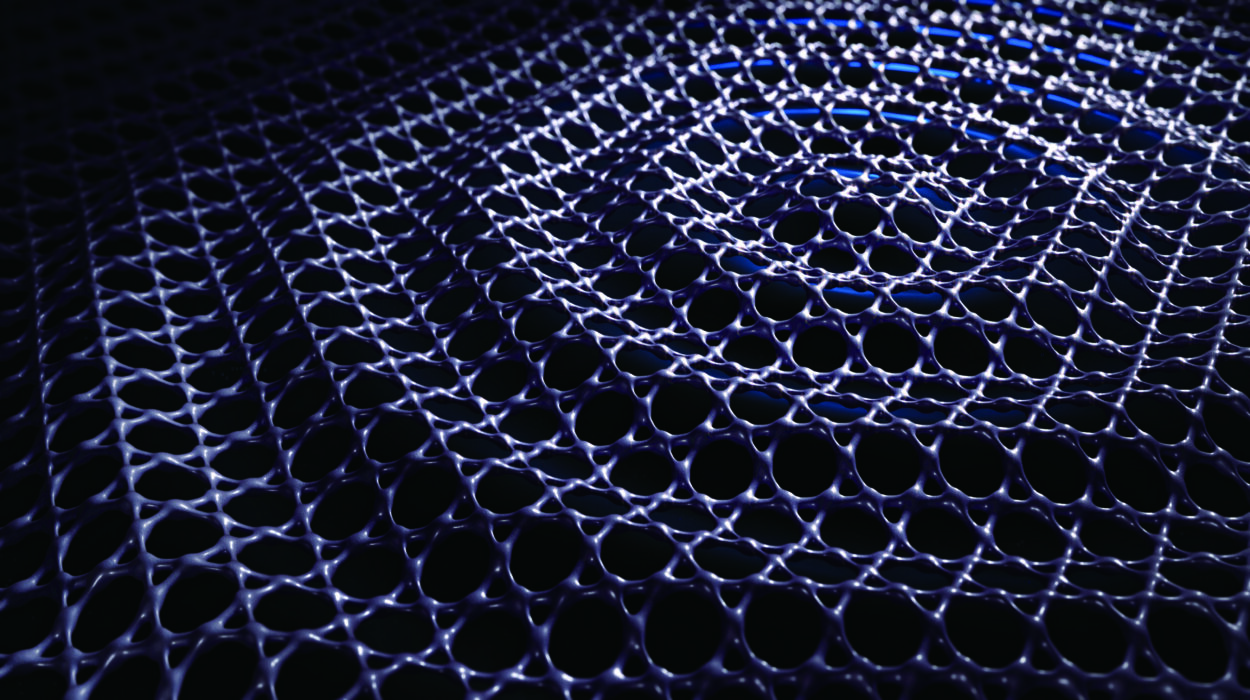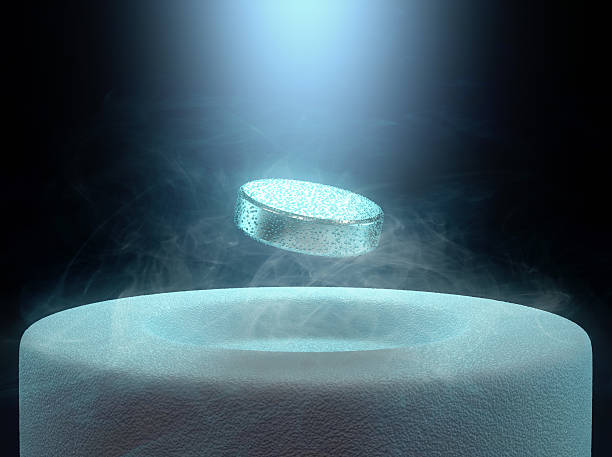In the quantum world, silence speaks volumes. When electricity flows through a typical wire, it meets resistance—an invisible drag that heats, slows, and wastes energy. But in the mysterious realm of superconductors, that resistance disappears. Electrons glide effortlessly, as if the laws of friction themselves have been suspended.
This near-magical state—called superconductivity—has fascinated scientists for over a century. It opens the door to powerful magnets, frictionless transport, and energy systems of the future. But despite its many promises, superconductivity has long kept one crucial secret: why does it happen in some materials and not others?
A recent breakthrough by researchers from MIT, Harvard, and Japan’s National Institute for Materials Science may bring us closer to answering that question. Their research, published in Physical Review Letters, uncovers astonishing new properties in a carefully engineered material known as twisted trilayer graphene—an exotic stack of atomic carbon sheets rotated just so. Their findings reveal a giant, tunable “kinetic inductance” that behaves like a fingerprint of superconductivity and hints at how this strange state might work in systems that defy classical theories.
When a Twist Creates Magic
Graphene is a wonder material: a single layer of carbon atoms arranged in a honeycomb lattice, thinner than paper but stronger than steel. But something truly astonishing happens when scientists stack two or more graphene layers and twist them by a precise angle—about 1.1 degrees.
In 2018, physicist Pablo Jarillo-Herrero and his team at MIT stunned the world by discovering that such a “magic-angle” configuration could become a superconductor. It sparked a scientific gold rush. For researchers like Paritosh Karnatak and Christian Schönenberger—co-senior authors of the new study—it was a call to action.
“Our group had been studying graphene-based materials for years,” said Karnatak. “But when the magic-angle discovery emerged, we immediately saw an opportunity to explore superconductivity in a way never possible before.”
Unlike traditional superconductors, where electron pairs (called Cooper pairs) are glued together by vibrations in the crystal lattice—known as phonons—these twisted graphene systems don’t follow the conventional rules. They’re unconventional superconductors, belonging to a still poorly understood class that includes mysterious high-temperature superconductors discovered in the 1980s.
Building a Quantum Bridge, Atom by Atom
To dig deeper, Karnatak and Schönenberger’s team set out to fabricate “Josephson junctions”—microscopic bridges between two superconductors separated by a thin region that may or may not conduct electricity. These junctions are like tiny laboratories for observing superconducting behavior.
In their devices, the team used two superconducting leads made from a well-understood material and connected them through a gap just a few hundred nanometers wide. In that gap sat the star of the show: a stack of twisted trilayer graphene, engineered with breathtaking precision.
What happened next was key.
By adjusting a nearby gate voltage—effectively a tiny electronic knob—they could control how many charge carriers (electrons or holes) flowed through the graphene stack. This allowed them to toggle the material’s state and monitor whether or not it entered a superconducting phase.
The Proof Hidden in the Flow
As the team varied temperature and doping levels, they watched how the current flowed through the junction. What they observed wasn’t a simple metallic behavior—but rather a “weak link,” meaning the central graphene stack itself had become superconducting.
“We could tell because the current-phase relationship changed,” Schönenberger explained. “In an S-N-S junction, where the middle region is just a normal metal, the supercurrent behaves one way. But in an S-S′-S configuration—where the middle material is superconducting itself—the behavior is different.”
That shift was unmistakable. More importantly, the team measured not just current, but kinetic inductance—a resistance to changes in current caused by the inertia of Cooper pairs. This quantity is deeply tied to the fundamental properties of the superconducting state, including the so-called “coherence length”—a measure of how far apart the paired electrons can be and still remain bound.
What they found shocked them.
“The kinetic inductance was nearly 50 times higher than what we see in other known superconductors with large inductance,” said Karnatak. “It was a massive signal, and fully tunable.”
A Powerful Tool for the Quantum Future
Why does high kinetic inductance matter? Because it’s not just an academic curiosity. This quality is extremely valuable in quantum technologies.
Superconductors with high kinetic inductance are used to build some of the most sensitive devices in the world: single-photon detectors, ultra-stable quantum circuits, and components for quantum computers. But such devices require materials with very specific properties—strong superconductivity, tunable response, and stable behavior at cryogenic temperatures.
Twisted trilayer graphene might fit that bill.
Even more impressively, the team’s experimental setup allowed them to explore how kinetic inductance varies with gate voltage, giving them a powerful new tool to probe the quantum state of the material.
“In traditional high-Tc superconductors, you need to grow a new crystal for each doping level,” said Karnatak. “But with twisted graphene, you just turn a knob. That flexibility is a game-changer.”
Taming the Quantum Whirlwind
While the results are thrilling, they also raise new questions. Unlike conventional superconductors, the mechanism that binds electrons together in twisted graphene is still a mystery. There’s no lattice vibration helping the electrons pair up. So what is? Could it be electronic interactions? Quantum fluctuations? Something entirely new?
What this new study offers is not a final answer, but a powerful window. By precisely measuring kinetic inductance and coherence length in a highly tunable platform, researchers now have a much better shot at unraveling what’s going on beneath the atomic surface.
“Our work takes a small step forward,” said Schönenberger. “But it’s an important one. If we understand how these materials work, we may be able to find others—ones that are more stable, scalable, and practical for real-world applications.”
From Lab Curiosity to Quantum Workhorse?
Despite its promise, magic-angle twisted graphene is not yet ready for commercial quantum hardware. It’s delicate to fabricate, highly sensitive to imperfections, and prone to slipping back into less useful electronic states. But the very act of discovering and probing such a material is inspiring researchers to look elsewhere.
“This has already triggered new studies into other graphite-based materials,” Karnatak noted. “Some of these have been around for decades, but now we’re seeing them with fresh eyes. They may offer similar properties in more robust forms.”
His team is already using their new tools to explore these cousins of twisted graphene, hoping to find superconductors that are easier to grow, more stable under real-world conditions, and just as capable of powering the next wave of quantum technologies.
The Quantum Revolution Starts Small
At the heart of this study lies a beautiful paradox. The material is vanishingly thin—just three atomic layers stacked and twisted. The electrical resistance drops to zero. The magnetic fields vanish. The currents resist change only because of quantum inertia.
And yet, in this silence, we hear something profound: a new understanding of the laws that govern our universe.
Twisted trilayer graphene may not be nature’s gift—it doesn’t exist without human ingenuity. But in shaping it, scientists are learning to listen to matter at its most fundamental level. With each twist and pulse, we get closer to understanding what binds electrons together, what turns energy into coherence, and what kind of future superconductivity might bring.
This isn’t just physics. It’s the beginning of a story we’re only starting to write.
Reference: Large tunable kinetic inductance in a twisted graphene superconductor. Physical Review Letters(2025). DOI: 10.1103/PhysRevLett.134.216001






